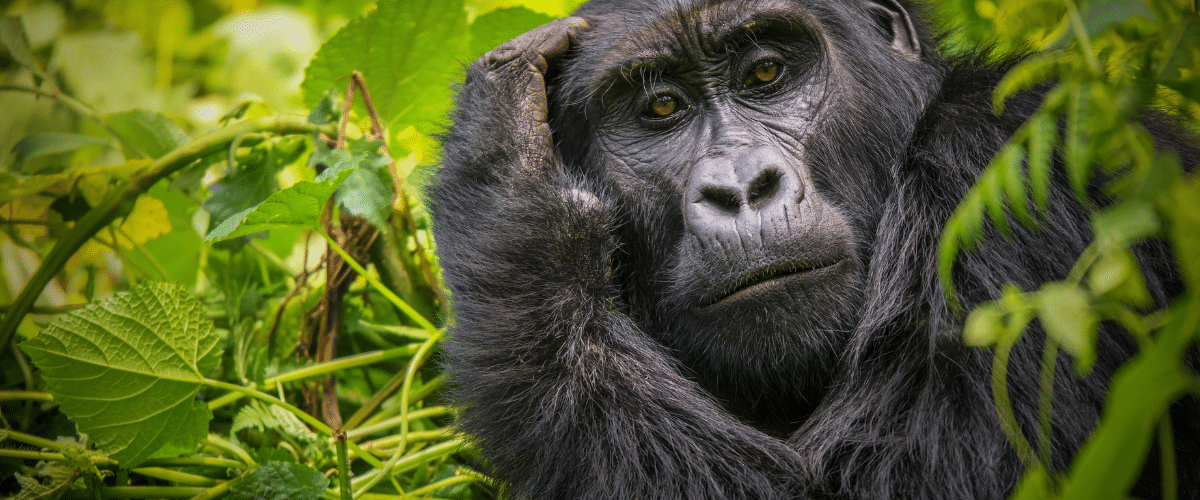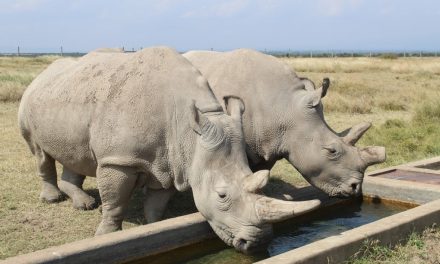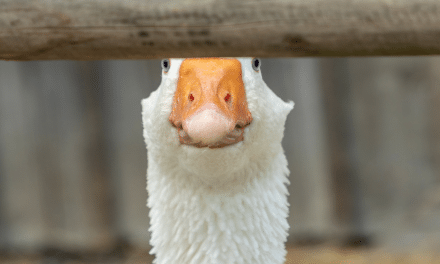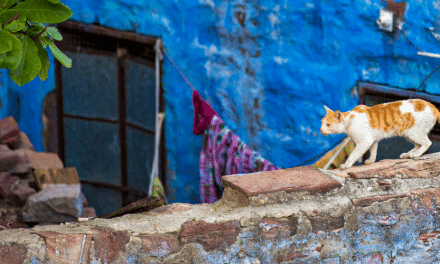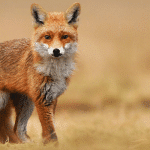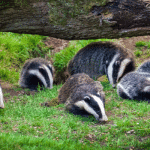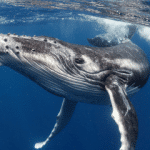by Ankita Shanker, BPTC
This piece is published in recognition of International Animal Rights Day, which occurred on December 10. Beginning in 1998, individuals, organisations, and associations around the world have celebrated International Animal Rights Day every December 10, as it is the date when, in 1948, the UN adopted the Universal Declaration of Human Rights. This day serves to remind society that humans are not the only species deserving of freedom, justice, and dignity.
More than a century ago, Dmitry S. Merezhkovsky wrote, “[…] the time shall come when all men […] will think on the murder of animals as now they think on the murder of men.”
But 42 years after the Universal Declaration of Animal Rights 1978 (“UDAR”) was proclaimed, that day is still not here. Under the UDAR, “All animals are born equal and they have the same rights to existence.” And while this aims for equality among non-human animals, it does not address the key source of animal suffering: human-animal inequality. This inequality between humans and animals may explain why it remains legal for humans to abuse, exploit, and kill animals at will, and may even explain the near-universal presumption that nearly all human interests override nearly all animal interests, no matter how frivolous the former or how basic the latter.
In contrast to the wording of the UDAR, the Universal Declaration of Human Rights 1948 (“UDHR”) proclaims the “recognition of the inherent dignity and of the equal and inalienable rights of all members of the human family is the foundation of freedom, justice and peace in the world”. But the world does not allow freedom, justice, or peace for the vast majority of its sentient beings. While virtually all legal jurisdictions recognise animal sentience (whether implicitly or explicitly), animals generally retain the legal status of property, and virtually no jurisdiction recognises fundamental animal rights or personhood (though many still protect the welfare of animals to some or the other extent).
But the tides are turning. In light of the recent International Animal Rights Day, this change bears emphasising. Across the world, there is growing acknowledgment on the part of law- and policy-makers that animals need better legal protection. Limited as they may be for now, steps in this direction can someday serve as the foundations for the full realisation of fundamental animal rights and personhood. For instance, on the international and regional plane, the UDAR recognises various animal rights, and Article 13 of the Treaty on the Functioning of the European Union 1958 (“TFEU”) expressly recognises the sentience of animals. In jurisdictions including as Argentina, Colombia, India, and Pakistan, certain (fundamental) animal rights and personhood appear to have been judicially acknowledged and even protected.
However, these developments have not yet led to significant, tangible change for the general status of animals as fundamental rights-holding persons. The UDAR is a non-binding instrument that fails to fully recognise animals’ right to life, liberty, or autonomy; and animals are still treated as commodities under Article 38 TFEU. In specific court cases where personhood or rights of individual animals were acknowledged, the judicial decisions rarely extended in scope beyond the particular individual or the particular case. Even where the decisions related to a larger class of animals or animals more generally, the statements concerning rights and personhood were sometimes made in obiter, with the ratio pertaining only to animal welfare. Moreover, neither effective translation into practice nor enforcement is straightforward, given human society’s historic dependence on animal exploitation.
Although the victories are small, they are worth celebrating: if nothing else, they are a step in the right direction in a difficult battle for justice. Animal rights may be favourable to animal welfare, but animal welfare is still favourable to no protection at all. Moreover, these developments force law- and policy-makers — as well as society — to confront and consider issues of animal protection, which can be stepping stones towards recognising and protecting fundamental animal rights and personhood.
Going forward, a new, internationally recognised Universal Declaration of Animal Rights is needed as the starting point. Beyond simply recognising personhood and fundamental rights, legally-binding obligations are needed to ensure actual protection of animal interests. We need new multinational and domestic laws, and well as re-interpretations of existing ones, to protect animal rights and personhood and ensure a fair balancing between the exercise of competing human and animal rights.
This would mirror the development of human rights law, which also started with a non-binding international declaration (the UDHR). The UDHR was then followed by a number of other non-binding and binding international and regional instruments recognising and protecting various human rights. The result of these successive instruments was the strengthening protection of the rights of humans. These protections largely raised and standardised the minimum acceptable level of treatment to which all humans, all over the world, were entitled. We need similar developments in the realm of animal rights. It is only through such legal measures that we can achieve a global system of legal animal rights and personhood protections.
Sources
Dmitry S. Merezhkovsky, The Romance of Leonardo da Vinci (first published 1900, translated from the original Russian by Herbert Trench, New York and London: G.P. Putnam’s Sons 1912), 226.
The International League of Animal Rights, Universal Declaration of Animal Rights (Solemnly proclaimed in Paris on 15 October 1978 at the UNESCO headquarters), Preamble.
Anne Peters, “Liberté, Égalité, Animalité: Human–Animal Comparisons in Law” (2016) 5:1 TEL 25, 48-49; Saskia Stucki, “Towards a Theory of Legal Animal Rights: Simple and Fundamental Rights” (2020) OJLS 1, 23-24.
United Nations General Assembly, Universal Declaration of Human Rights (Adopted by UNGA Res. 217 A(III) of 10 December 1948), Preamble.
The International League of Animal Rights, Universal Declaration of Animal Rights (Solemnly proclaimed in Paris on 15 October 1978 at the UNESCO headquarters); Consolidated version of the Treaty on the Functioning of the European Union (OJ C 326, 26.10.2012, pp. 47–390), Art. 13.
“Asociacion de Funcionarios y Abogados por los Derechos de los Animales y Otros contra GCBA sobre Amparo” (21 October 2015, Juzgado No. 4 on Contentious Administrative and Tax Matters); “Presented by A.F.A.D. about the Chimpanzee ‘Cecilia’ – Non Human Individual” (P-72.254/15) (3 November 2016, Judicial Power Mendoza, Tercer Juzgado de Garantías Mendoz).
Del oso de anteojos de nombre “chucho” (AHC4806-2017) (26 July 2017, Corte Suprema de Justicia República de Colombia, Sala de Casación Civil).
People for Animals vs. The State of Goa 1997 (4) Bom CR271 (1997, Bombay High Court); N.R. Nair and Ors vs Union Of India And Ors (2001) 6 SCC 84 (1 May 2001, Supreme Court of India); Animal Welfare Board of India vs A. Nagaraja and Ors (2014) 7 SCC 547 (7 May 2014, Supreme Court of India); Animal Welfare Board of India vs A. Nagaraja and Ors (2014) 7 SCC 547 (7 May 2014, Supreme Court of India); People For Animals vs Md Mohazzim & Anr 2015 (3) RCR (Criminal) 94 (15 May 2015, Delhi High Court); Animals and Birds Charitable Trust and Others vs Municipal Corporation of Greater Mumbai and Others 2015 (4) Bom CR1 (8 June 2015, Bombay High Court); Nitin Singhvi vs Union of India (LAWS(CHH)-2017-4-97) (18 August 2017, Chattisgarh High Court); Narayan Dutt Bhatt vs Union Of India And Others 2018 SCC OnLine Utt 645 (4 July 2018, Uttaranchal High Court); Karnail Singh and others v State of Haryana 2019 SCC OnLine P&H 704 (31 May 2019, Punjab and Haryana High Court at Chandigarh); Ramesh Sharma vs. State of Himachal Pradesh 2013 (3) ShimLC 1386 (9 July 2013, Himachal Pradesh High Court at Shimla).
Islamabad Wildlife Management Board through its Chairman v Metropolitan Corporation Islamabad through its Mayor & 4 others (W.P. No.1155/2019), 25 April 2020 (Islamabad High Court (Judicial Department)).
Consolidated version of the Treaty on the Functioning of the European Union (OJ C 326, 26.10.2012, pp. 47–390), Art. 38. See generally Jean Marc Neumann, “The Universal Declaration of Animal Rights or the Creation of a New Equilibrium between Species” (2017) 19 ALR 91, esp 99ff.
Ingrid Newkirk, “A pragmatic fight for animal rights” (The Guardian, 21 January 2010).
Anne Peters, “Toward International Animal Rights”, in Anne Peters (ed.), Studies in Global Animal Law (Springer Open 2020), 113,117-118.
Anne Peters, “Liberté, Égalité, Animalité: Human–Animal Comparisons in Law” (2016) 5:1 TEL 25, 48-49; Saskia Stucki, “Towards a Theory of Legal Animal Rights: Simple and Fundamental Rights” (2020) OJLS 1, 23-2

